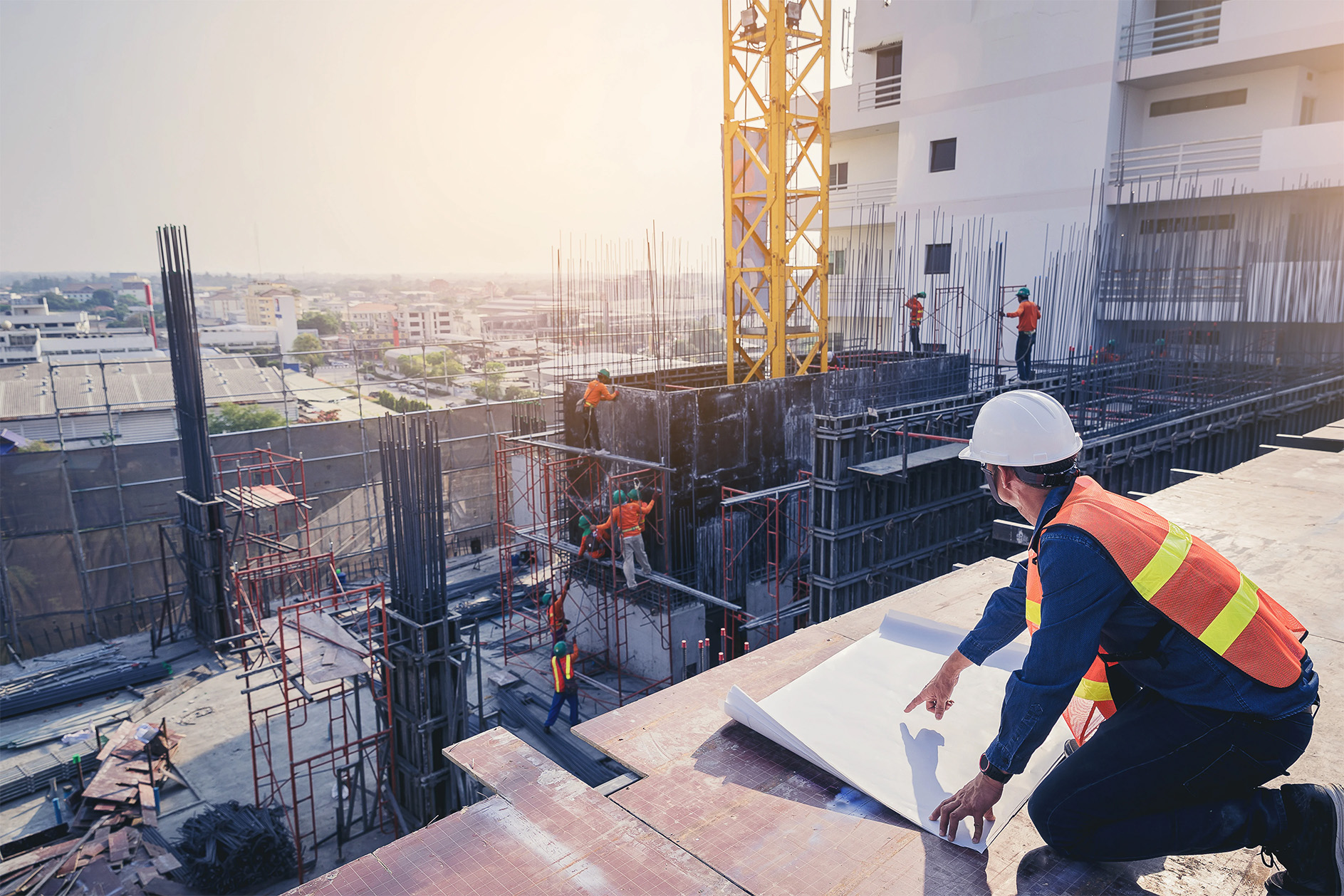by Jeffrey C Kadlowec, Architect
Abstract
The development and densification of urban centers should adhere to sustainable design principles and green construction practices. Negative impacts to the human health and the ecological environment has already become readily apparent. Implementing the principles of Total Quality Management throughout the entire design and construction process will improve the performance of buildings, increase customer satisfaction and elevate the overall living standards of the public. This can be achieved by focusing on integrity and ethics, communication and training, and recognition and leadership. These social benefits can only be achieved through the collaborative efforts of teams and cooperation of their people.
Keywords: total quality management, sustainable design, green construction

Total Quality Management
Improving the sustainability of urban development will rely on integration of green construction. Economic growth, ecological balance, and social equilibrium are the core principles for any stable urban area [Baronin 2023]. This can be achieved by focusing on energy and water efficiency, reducing operating cost, saving non-renewable resources, and improving environmental friendliness. Government standards have been set in many of these areas, and more people—both in and out of the industry—have adopted a mindset towards sustainable development.
Total Quality Management (TQM) is an idea applied across service and manufacturing sectors to enhance the quality in all areas. There has been resistance by construction industry to adopt this principle in favor of traditional methods [Nouban 2017]. To be competitive in the market, it is essential for construction companies to add quality and value for their clients and consumers. This requires more attention to building and maintaining client relationships while encouraging teamwork on the job site to produce better quality work. That aim towards continuous improvement is the exact point of TQM. Senior leadership must catch up with current innovations and technological developments that are being incorporated to every other market sector.
As ISO 9000 standards gained popularity in manufacturing worldwide, TQM became the strategic approach towards survivability of most companies. The management philosophy emphasizes overall satisfaction through continuous improvements in processes and to products [Pohutezhini 2022]. Design and construction share many characteristics to service and manufacturing sectors, including customer demands, contractual obligations and professional responsibilities, yet problems with workmanship, time constraints and cost overruns plague the industry. Changes in the management of organizations will require participation of all members, aimed at long-term success through customer satisfaction and benefits to both stakeholder and the rest of society.
Effective implementation of TQM centers around major six components: ethics, integrity, training, communication, leadership, and recognition [Al Salihi 2021]. Trust in any organization is built on faith in the skills, engagement and participation of employees. This is achieved by establishing, maintaining and adhering to a code of ethics and professional conduct. Training programs for supervisors and staff creates an environment and culture of success. Communication is enhanced by improving interpersonal skills and abilities to work as a team, while searching for problem solving strategies leading to better decision-making. Leadership at various levels becomes a two-way processes of identifying issues and addressing them accordingly to achieve the most desirable outcomes. Finally, recognition for the positive contributions of individuals and teams of workers through respect and merits encourages them to strive for higher achievement and increase overall morale.
With the rapid growth in urban development around the world, the need for green construction has become readily apparent to counter the negative impact caused by environmental degradation and global warming [Wijayaningtyas 2023]. Construction activities can no longer focus solely on economic interests; they must address public health by enhancing the environment and reducing waste of materials and energy. The United States Green Building Council (USGBC) has been developing and promoting Leadership in Energy and Environmental Design (LEED) standards for the past twenty years as a guideline to current and future construction and development.
Recent disasters and climate events are finally bringing these issues to the forefront. The concerns for sustainable growth and its potential impacts on the future of society are becoming obvious. Though many stakeholders have been motivated entirely by financial gains, public demands for green construction and sustainable design are behind recent paradigm shifts in city planning, building development and human welfare [Mottaeva 2023]. Reducing environmental damage from construction while introducing energy efficiency and resource-saving technologies are driving the principles toward a better tomorrow.
References
Al Salihi, Rasha & Ghasemlounia, Redvan. (2021). Total Quality Management Benefits and Barriers in Construction Industry. International Journal of Engineering and Management Research. 11. 193-199. 10.31033/ijemr.11.1.26.
Baronin, Sergey; Guschina, Ekaterina & Romanova, Anna. (2023). Integrated Green Construction as a Prerequisite for Sustainable Urban Development. E3S Web of Conferences. 403. 10.1051/e3sconf/202340302013.
Mottaeva, Angela; Epkhiev, Oleg & Moiseev, Aleksandr. (2023). Factors of the ‘Green’ Construction Development from the Point of View of Different Stakeholder. E3S Web of Conferences. 402. 10.1051/e3sconf/202340207031.
Nouban, Fatemeh & Abazid, Mohammad. (2017). An Overview of the Total Quality Management in Construction Management. Academic Research International. 8. 68-74.
Pohutezhini, B & Arulkumar, S. (2022). A Study of Factors Influencing Total Quality Management Practices in Construction Industry. International Journal of Recent Scientific Research. vol 5, iss 11, pg 2101-5.
[Wijayaningtyas 2023] Wijayaningtyas, Maranatha; Hutama, Renaldy; Winanda, Lila & Meliala, Jericho. (2023). The Success Factors of Green Construction Management Implementation on Building Projects. IOP Conference Series: Earth and Environmental Science. 1165. 012003. 10.1088/1755-1315/1165/1/012003.



